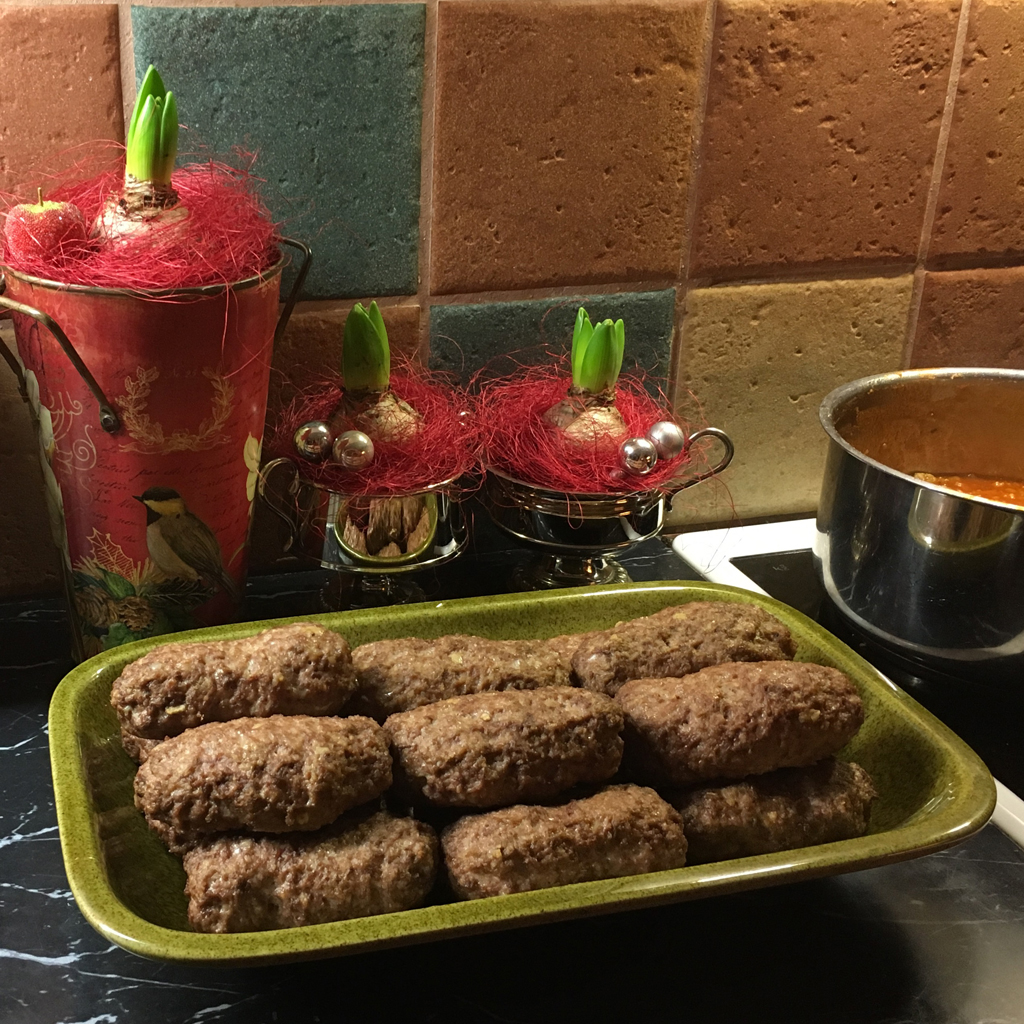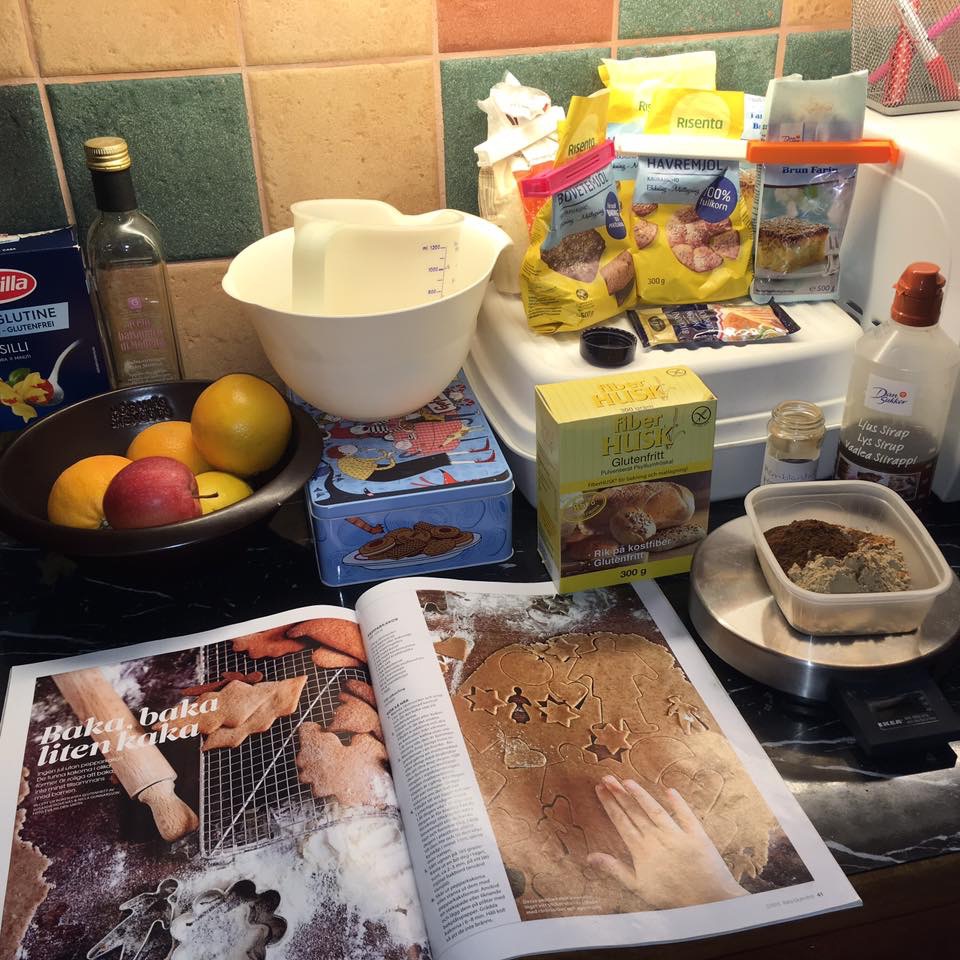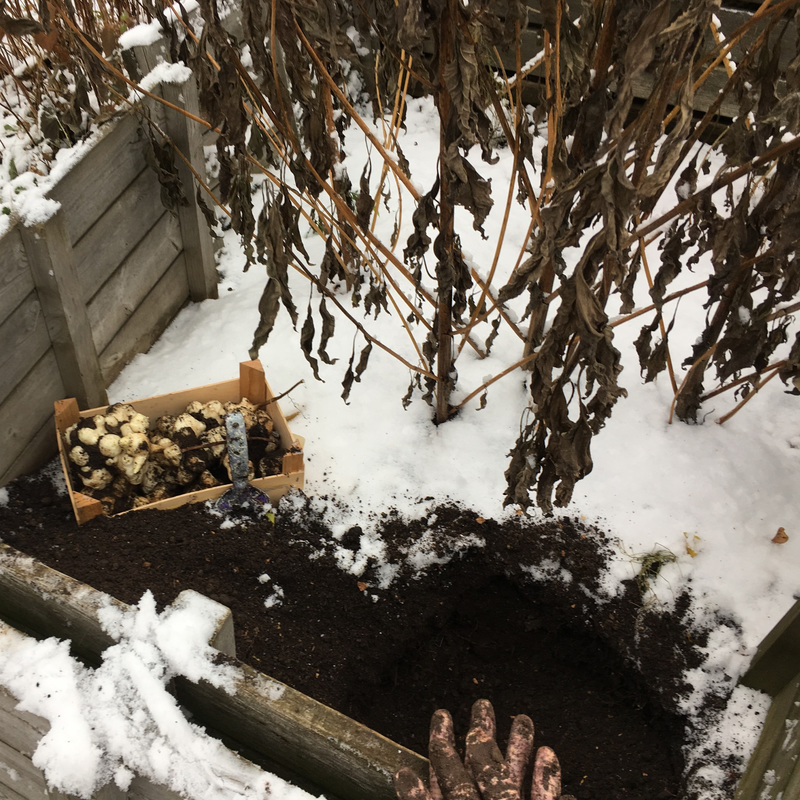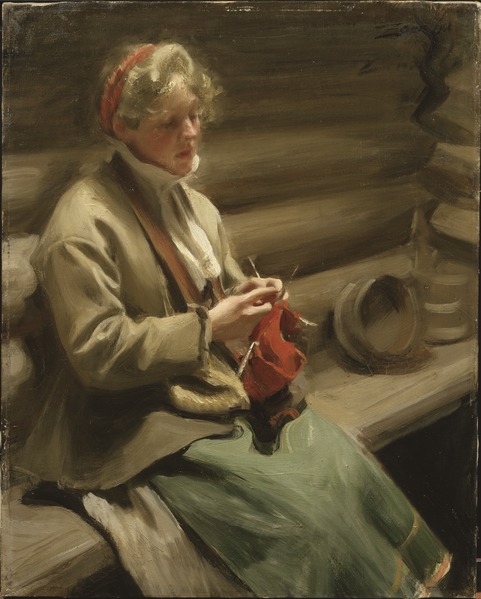|
Taking this class of art history is one of the best things I’ve done lately. It takes a whole lot of time, there’s a lot to read, and so many new aspects on history and humanity to consider. One thing that I really enjoy is all new acquaintances I make. Élisabeth Vigée-Lebrun is one adorable person I’ve gotten to know. She was a portrait painter most famous for her portraits of Marie Antoinette, and later she toured Europe and painted lots of royalties and socialites. Her legacy consists of more than 600 portraits, scattered over the world in private collections and art museums. Studying her paintings online (thank you Wikimedia Commons!) was made an even better experience when I found out she had written her autobiography later in life. It can be downloaded through Project Gutenberg, and it’s totally worth the time reading. I especially like Vigée-Lebrun’s portraits of mothers with their children, they are very intimate and lovingly. Some of my favourites you can see in the slide show below.
0 Comments
The last elk meat of this season was turned into meatloaves today. Serve with mashed potatoes, or even better, equal parts potatoes and Jerusalem artichokes. Super simple, just add lots of cream to the boiled rooties, season with salt and white pepper and give it a good beat. This recipe makes more than 100 meatballs, or 15 large hamburgers or small meatloaves (or 1 very large meatloaf). 100 mL rolled oats 150 mL milk 1 mL white pepper 1 tbsp rosemary 1 tbsp chervil 1 tbsp marjoram 1 tbsp tarragon 1 000 g minced meat from European elk 500 g minced pork 1 ½ tbsp salt 2 small eggs
When baking, always use the scale! Baking is chemistry, cooking is art. Makes approx. 150 (or 4 baking sheets) 170 g brown sugar 50 g syrup 75 g butter 2 tbsp ground ginger 3 tbsp ground cinnamon 2 tbsp ground cardamom 2 tbsp ground cloves A pinch of salt 1 tbsp bicarbonate 1 tbsp ground psyllium seed husks 135 g oat flour 90 g buckwheat flour 45 g almond flour 1 egg
I love this portrait of Princess Marie-Louise Thérèse of Savoy-Carignan, painted by Joseph Duplessis, it’s adorable. But reading a little about her made me question the motif. Is it an authentic portrait? Or just a part of the anti-royal propaganda of the time? Marie-Louise was unhappily married for a year as a teenager, and later became one of Queen Marie-Antoinette’s best friends. When it came to personal matter she was very private, and there was no gossip concerning her. But critics of the monarchy regularly portrayed her in less flattering ways, insinuating she had a lesbian affaire de coeur with the Queen. Who is the receiver of this portrait? Joseph Duplessis, last quarter of the 18th century, Marie Louise Thérèse de Savoie de Carignan, Princesse de Lamballe.Why do I like this portrait so much?
First of all; I like portraits of women (see previous post on “Kål-Margit”). Secondly; She looks happy, relaxed, and a little bit naughty. As if she just went out of bed and is asking for more. Very sensual! I hope it was the painter that made her feel that way, and that it’s a portrait made out of love. It would break my heart if it’s a false portrait made to smear her. Thirdly; She's darn pretty! I tend to favour pretty portraits over ugly ones (we will come back to that later – I’ve just bought Umberto Eco’s “On Beauty” and “On Ugliness”). November is usually grey and dull, but today the first snow came! High time to harvest the last Jerusalem artichokes before the soil freezes. I dug up several kilos, so guess who’s cooking tonight. My best Root Veggie Soup, 6-8 servings 500 grams of carrots 500 grams of Jerusalem artichokes 2 large yellow onions 5 potatoes 2 garlic cloves 1 thumb size of fresh ginger 2 mL hot paprika powder 2 mL turmeric (for a nice yellow colour) 2 veggie stock cubes 10-12 dL water approx. 3 dL whipping cream juice from 1 lemon Peel all veggies. Cut in pieces. Put in a large pan, cover with water. Crumb the stock cubes and add the spices. Boil for 15-20 min. Mix in a blender. Add cream and taste with lemon juice. And yes, the spade has a beautiful pattern by William Morris.
Another birthday gift for myself is a part time class at university in Art History; The Mask of Beauty. It covers portraits and fashion during the 16’th throughout the 19’th century. Nationalmuseum in Stockholm recently released more than 3 000 copy right expired paintings to Wikimedia Commons for free use. Lots of beautiful portraits! My absolute favorite when browsing through them all is “Kål-Margit”, a portrait of a young Dalecarlian girl knitting, by famous painter Anders Zorn. If you ever visit Dalecarlia, don't miss the Zorn-museum! Why do I like this portrait so much?
First of all; I like portraits of women. Women make up half the population - therefore should be portrayed in proportion to that. Secondly; I like the natural pose. She sits there carrying on her business, and I just observe. I like paintings of people actually doing something. That someone found it important enough to capture it and preserve it for the future. In this case “it” is knitting, a womens do with too low a status, but still depictured by one of the greatest artists of the country. Thirdly; She's darn pretty! My not-so-wild guess is that's why she was portrayed. Zorn had a thing for pretty young farm girls… On a deeper level I guess it has to do with identification - this portrait speaks to me on many levels. |
AuthorSurface pattern designer who loves folk art, gardening and the good things in life. Archives
February 2018
Categories
All
|





 RSS Feed
RSS Feed